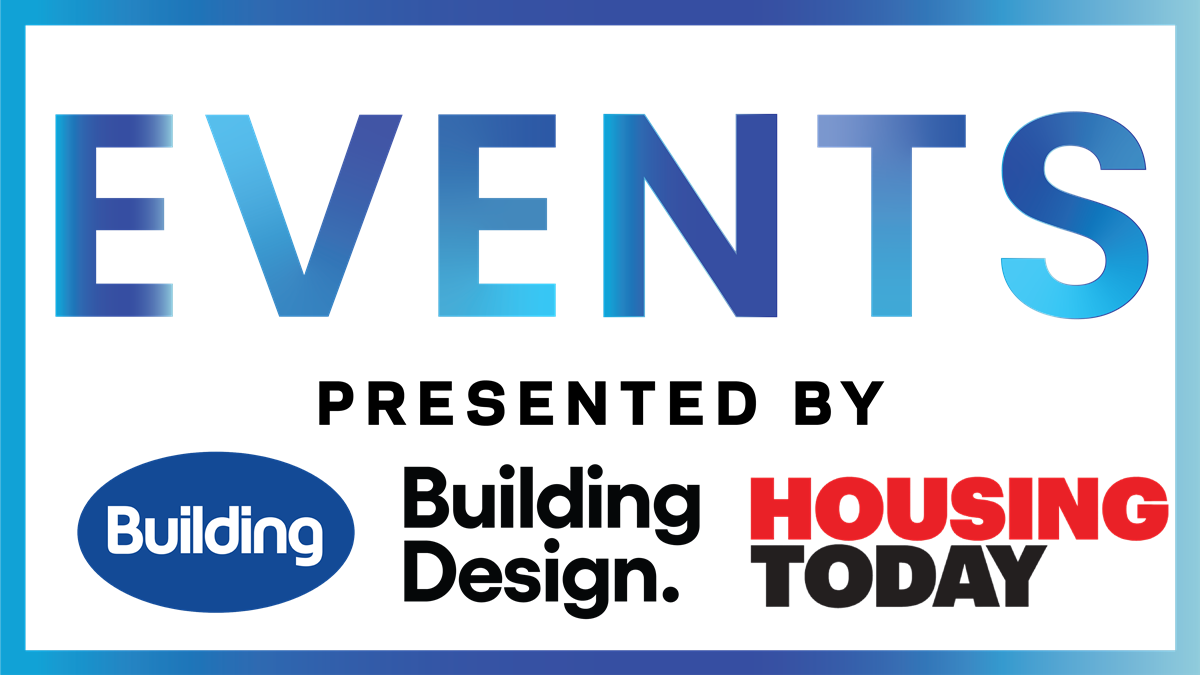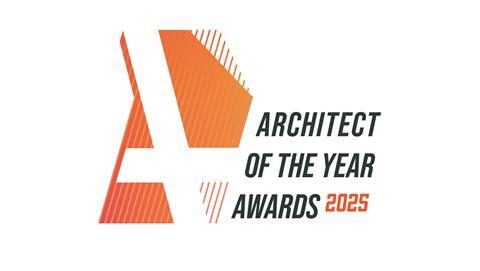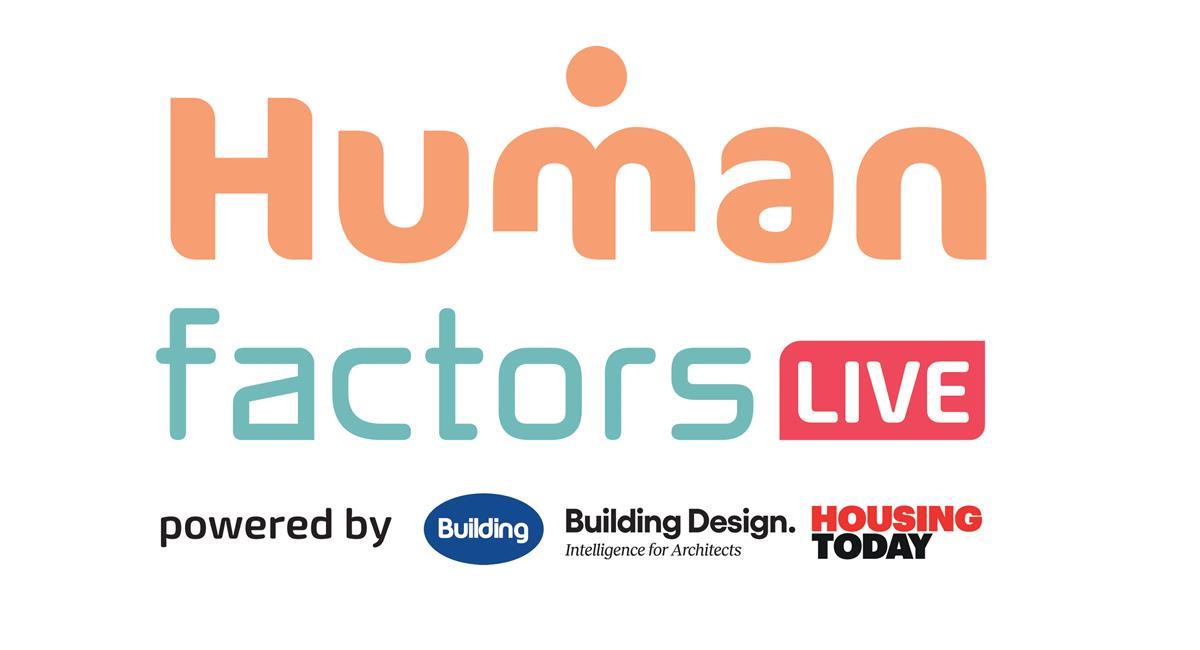Cleo Valentine and Heather Mitcheltree explore how integrating neuroscience into architecture can lead to spaces that actively support mental and physical health

In the rapidly evolving landscape of architectural design, neuroarchitecture is emerging as a new frontier that challenges our traditional notions of space, form, and function. This interdisciplinary field explores the influence of the built environment on human brain function, behaviour, cognition, and psychological well-being. For architects and those involved in the development and delivery of built environment projects, neuroarchitecture doesn’t just represent an intriguing academic pursuit – it poses fundamental questions about our ethical responsibilities and the very essence of our profession.
Advancements in technology, particularly in relation to virtual reality and biosensors, have empowered researchers to delve deeper into how specific architectural elements impact on physiological responses. By simulating environments and measuring reactions such as heart rate variability and brain activity, studies have begun to reveal that factors like window placement, lighting levels, spatial organisation, and even the curvature of walls can significantly affect stress levels and overall well-being.
For instance, exposure to certain high-contrast visual patterns (such as high-colour contrast striated cladding or some highly patterned carpets) in architecture has been linked to visual discomfort and can even trigger migraines or seizures in susceptible individuals. Spatial configurations have been associated with stress responses in building occupants, which in turn are associated with systemic inflammation – a precursor to various health issues, such as cardiovascular diseases, cancers, autoimmune disorders, and neurodegenerative disorders. These findings suggest that our design choices can have lasting physiological impacts on occupant health and well-being.
Traditionally, architects have been guided by the principle of “do no harm”, a tenet borrowed from the medical profession and embedded in various professional codes of conduct and regulatory frameworks worldwide. We are obligated to prioritise the safety, health, and welfare of the public in our designs. However, the revelations from neuroarchitecture challenge us to reconsider what “harm” means in the context of the built environment. Is harm only about preventing structural failures, occupational health and safety, and ensuring that regulations such as fire safety standards are met?
Or does it extend to subtler impacts like physiological stress and cognitive overload? In this regard, regulatory frameworks, professional accreditation criteria, and graduate competencies are a step behind emerging research. If certain design elements can negatively affect an occupant’s health, are we ethically obligated to design out these potential hazards – particularly in light of growing understanding of the needs of neurodivergent and vulnerable segments of the population – even if they meet all existing regulations?
The specialised knowledge required to interpret neurophysiological studies is not typically part of standard architectural education
The complexity of building procurement processes – with multiple stakeholders, budget constraints, and competing design and regulatory interests – further complicates the issue. Architects often find themselves navigating an intricate web of client demands, regulatory requirements, and practical limitations. Integrating neuroarchitecture-informed design considerations adds another layer to this already intricate balancing act.
One of the significant challenges in incorporating neuroarchitectural insights into mainstream practice is the gap between scientific research and day-to-day architectural practice. The specialised knowledge required to interpret neurophysiological studies is not typically part of standard architectural education, nor the professional practice knowledge base or professional development offerings. To address this, collaboration between researchers, architects, developers, builders, commissioning organisations, client groups, and regulatory bodies is essential. Establishing interdisciplinary teams can help translate complex scientific findings into practical design guidelines and everyday practice.
Additionally, updating building codes and accreditation frameworks to reflect emerging built environment knowledge can provide architects with clear directives and the knowledge base needed to reduce the risk of inadvertently creating environments that cause harm. For example, incorporating requirements for natural lighting, biophilic design elements, or specific spatial configurations that have been shown to promote well-being could become standardised practice. Not only is there an ethical duty to building occupants – there is also a growing market among consumer groups for health-promoting spaces that meet consumer demand for wellness-oriented environments.
So, how can architects, developers, client groups, government authorities, and the various project stakeholders begin to integrate neuroarchitecture-informed design principles into their projects? Integrating neurophysiological insights into practice is challenging due to a disjunct between scientific research and architectural practice. Bridging this divide requires collaborative efforts between researchers from diverse fields, regulatory authorities, and architectural professionals – such as incorporating specialised clinical advisory committees into building regulatory processes to inform codes, guidelines, and design practices.
In rethinking our approach to design ethics in the age of neuroscience, we pave the way for truly transformative design innovations
Aligning neuroarchitectural findings with evidence-based design and regulatory frameworks is an avenue that needs to be seriously explored within the industry as a pathway to more effectively address public health considerations, mitigate risks of misguided applications, alleviate pressures on stakeholders, and enhance architecture’s potential to support positive health and well-being outcomes while fulfilling the ethical obligation to “do no harm”.
Embracing neuroarchitecture does not mean abandoning the artistic and creative aspects of design. Instead, it offers the opportunity to enrich design, providing deeper insights into how our creations affect those who inhabit them. It is an invitation to design spaces that not only look good, but respond to occupant needs on a physiological level. For developers, this approach can enhance the value proposition of projects, meeting a growing market interest in wellness-oriented living and working spaces. For architects, it aligns with our core mission to improve the human condition through carefully considered and crafted design.
The revelations from neuroarchitecture are more than just fascinating scientific findings – they are a call to action for our industry. As stewards of the built environment, architects and key stakeholders in the delivery of built environment projects have a responsibility – and an opportunity – to integrate this knowledge into the spaces that we create. By doing so, we not only uphold our ethical obligations but also contribute to a future where the buildings and urban environments that we inhabit actively promote occupant health and well-being.
In rethinking our approach to design ethics in the age of neuroscience, we pave the way for truly transformative design innovations. It is an exciting frontier, and it is up to us to lead the way.
Postscript
Cleo Valentine is a systems designer and doctoral researcher based at the University of Cambridge. Her research examines the impact of architecture on neurophysiology, with a specific interest in neuroimmunology and bioethics. She is currently an affiliated researcher with the Spatial Cognition Lab at University College London and MIT’s Department of Urban Studies and Planning.
Heather Mitcheltree is a PhD researcher and Ackman Scholar at the University of Cambridge. Her work focuses on gender equity, trauma-informed design, and interdisciplinary approaches to understanding the complex socio-spatial and psychological impact of the built environment on wellbeing outcomes.















2 Readers' comments